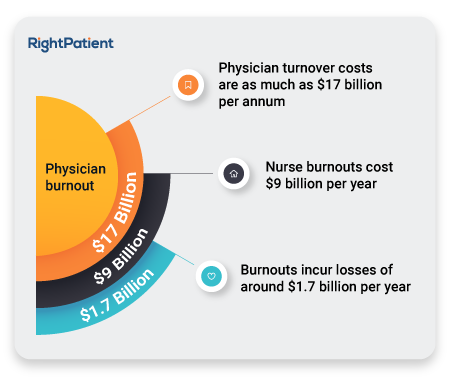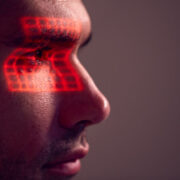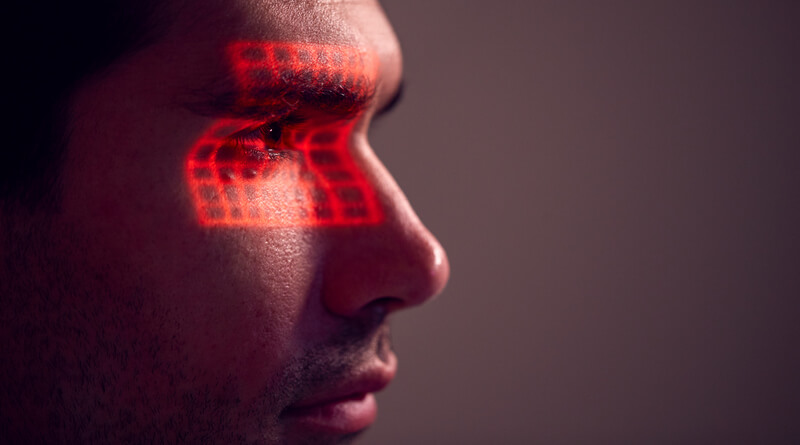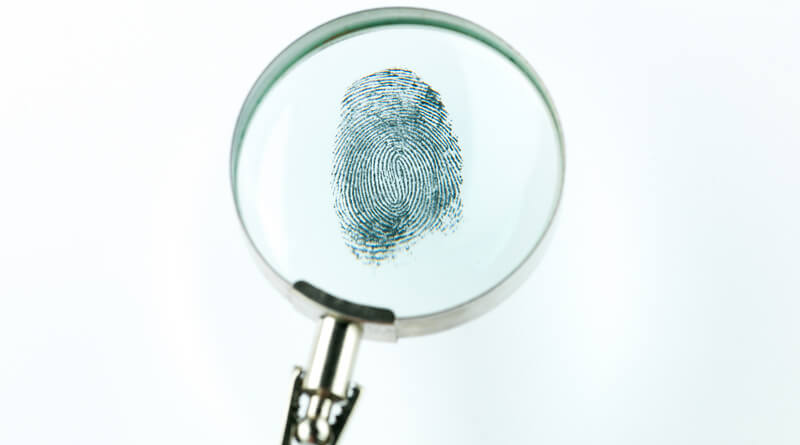Strategies which help ACOs to improve patient outcomes

The individual entities in any Accountable Care Organization (ACO) are always under the pressure to reduce their costs as well as strengthen their healthcare strategies to improve patient outcomes and maximize the benefits of being a part of the ACO. Thus, they are familiar with the fact that they need to develop strategies for accomplishing these targets – reduce costs, improve patient data sharing, care coordination, and improve patient outcomes as well, with an emphasis on post-discharge patients via reduced hospital readmission rates.

RightPatient enhances patient outcomes.
Take post-acute care networks as an example – north of 40% of Medicare patients receive post-acute care after they are discharged from the hospital, costing more than a whopping $60 billion back in 2015. Variation in post-acute care also caused Medicare spending variance by more than 73% – these variances were tied to healthcare costs, outcomes, and quality – the better the quality, the lower the costs, and vice versa.
If these standards are not satisfied, then the ACO receives penalties in the form of lower payments or fines. Thus, any given ACO needs to generate an exceptional patient experience via better healthcare, improving the coordination among the organizations regarding data sharing, reducing the readmission rates and minimizing the costs incurred.
Here are some strategies which will help the ACOs to achieve these targets:
Use biometrics for patient identification for improving patient outcomes
Biometric patient identification systems are being used by over one hundred health systems and are reported to increase patient matching significantly – something which is sorely needed within the healthcare industry currently. In the case of ACOs, a single patient’s data is shared by all the systems within them, such as health systems, hospitals, physician groups, and insurers. Thus, interoperability is a must-have feature. EHRs are already known to cause identification errors and have unintuitive interfaces, inherently low patient match rates, and lack of interoperability, which is why health systems are using add-ons like RightPatient to accurately match the patient with his/her appropriate medical record. EHRs are supposed to cause physician burnouts as well, as they need to click through the interface thousands of times. Thus, adopting a solution like RightPatient will not only improve the match rates but also improve the patient experience as well as reduce physician burnouts, generating improved coordination. Patients only need to get their irises scanned to retrieve their accurate medical record for usage. Thus, faster matching creates better coordination and sharing of uniform and clean data among the organizations funded by Medicare.
Ensure proper medication adherence
One of the biggest problems for ACOs is ER (emergency room) visits, which generate hospital readmission rates – occurring due to the unhealthy population under their care. According to a study, two-thirds of the patients who are supposed to take medications are non-adherent; that is, they do not take their medications properly. This non-adherence creates around 50% of treatment failures among those patients and causes up to 125,000 deaths per year. The fact is that these deaths could have been prevented if the patients were adherent to their medications. All these generate up to an unbelievable $300 billion in costs. Apps like CircleCare have a feature which could have ensured medication adherence – Medicine Box – a medicine reminder where patients can easily set reminders for their medications.

Thus, even if the medication regimen is complex, CircleCare makes it easier than ever for the patients to take the right medicine at the right time.
Provide patient education to improve patient outcomes
Another challenge for ACOs is that their patients are not adequately educated regarding their medical conditions. Research shows that over 50% of adult patients experience difficulty in using and understanding their health-related information, whereas around 40% forget most of the data. CircleCare provides health-related information which is customized according to the patient’s disease(s) – this helps to keep the patient up to date with the latest information regarding his/her medical condition so that informed decisions can be made. This ensures effective patient education, leading to better patient outcomes. Once an ACO registers with CircleCare’s service, all it needs to do is direct the patient to download it. Afterward, the patients can schedule their medicine, track steps, record blood glucose levels, record blood pressure, and communicate with their healthcare provider – all of which helps to improve patient outcomes, lower readmission rates, and reduced costs as well as higher quality healthcare.























